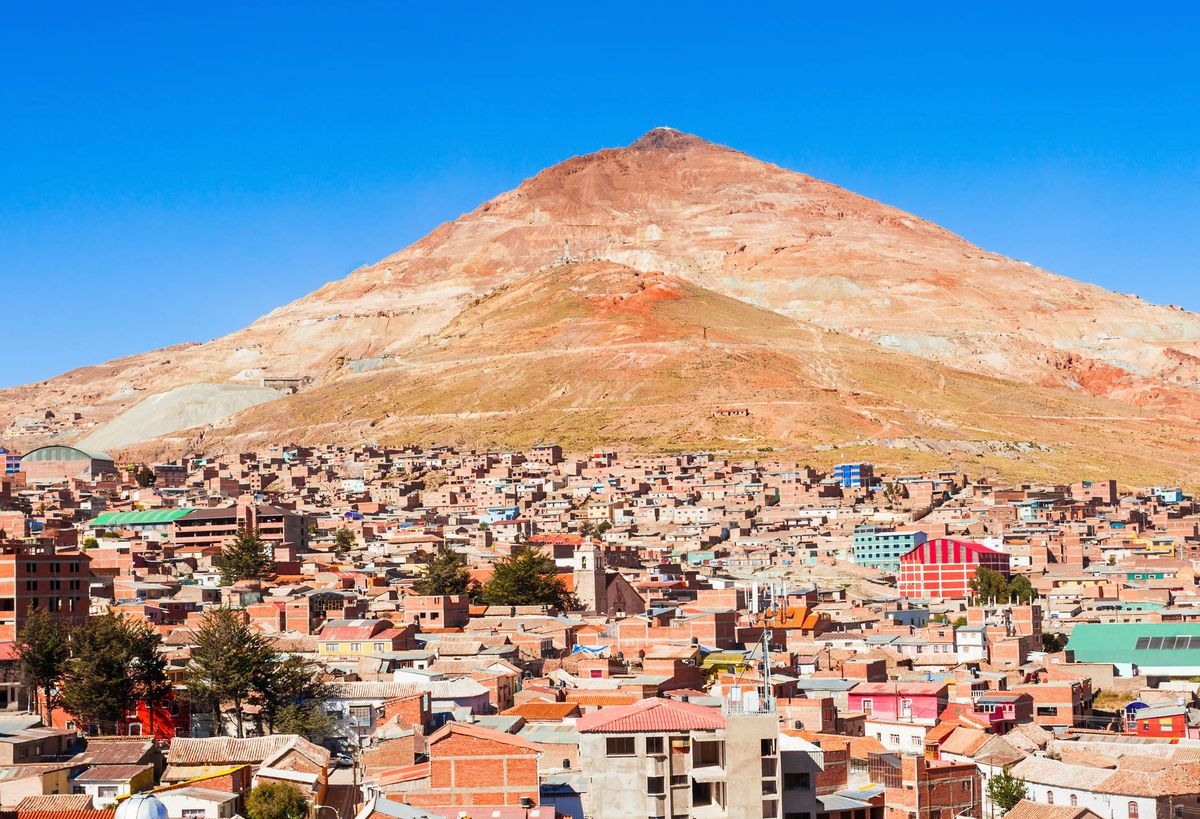



City of Potosí, UNESCO World Heritage Site in Bolivia

Baku, November 5, AZERTAC
Potosí is the an outstanding example of a major silver mine of the modern era, reputed to be the world’s largest industrial complex in the 16th century.
A small pre-Hispanic-period hamlet perched at an altitude of more than 13,000 ft (4,000 m) in the icy solitude of the Bolivian Andes, Potosí became an "Imperial City" following the visit of Francisco de Toledo in 1572.
It and its region prospered enormously following the discovery of the New World’s biggest silver lodes in the Cerro de Potosí south of the city.
The major colonial-era supplier of silver for Spain, Potosí was directly and tangibly associated with the massive import of precious metals to Seville, which precipitated a flood of Spanish currency and resulted in globally significant economic changes in the 16th century.
The whole industrial production chain from the mines to the Royal Mint has been conserved, and the underlying social context is equally well illustrated, with quarters for the Spanish colonists and for the forced labourers separated from each other by an artificial river.
Potosí also exerted a lasting influence on the development of architecture and monumental arts in the central region of the Andes by spreading the forms of a baroque style that incorporated native Indian influences.
The industrial infrastructure comprised 22 lagunas or reservoirs, from which a forced flow of water produced the hydraulic power to activate the 140 ingenios or mills to grind silver ore.
Designed a UNESCO World Heritage Site in 1987, the City of Potosí is directly and tangibly associated with an event of outstanding universal significance: the economic change brought about in the 16th century by the flood of Spanish currency resulting from the massive import of precious metals in Seville.
Azerbaijan's Minister of Culture holds meeting with his UAE counterpart in Venice
Azerbaijani pavilion launched at 60th Venice Biennale VIDEO
Azerbaijan`s pavilion to showcase at 60th Venice Biennale